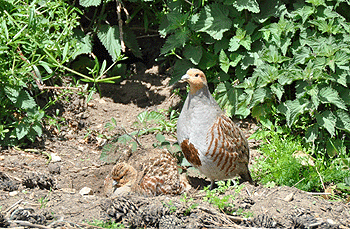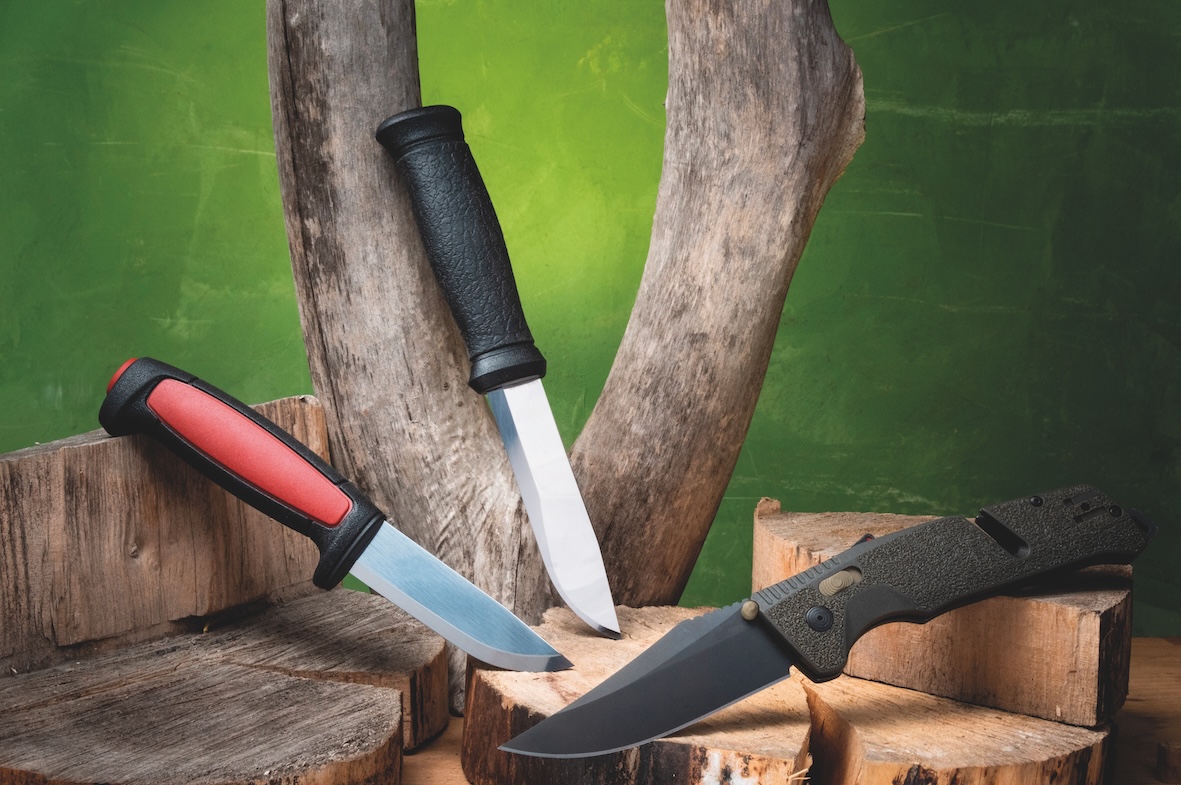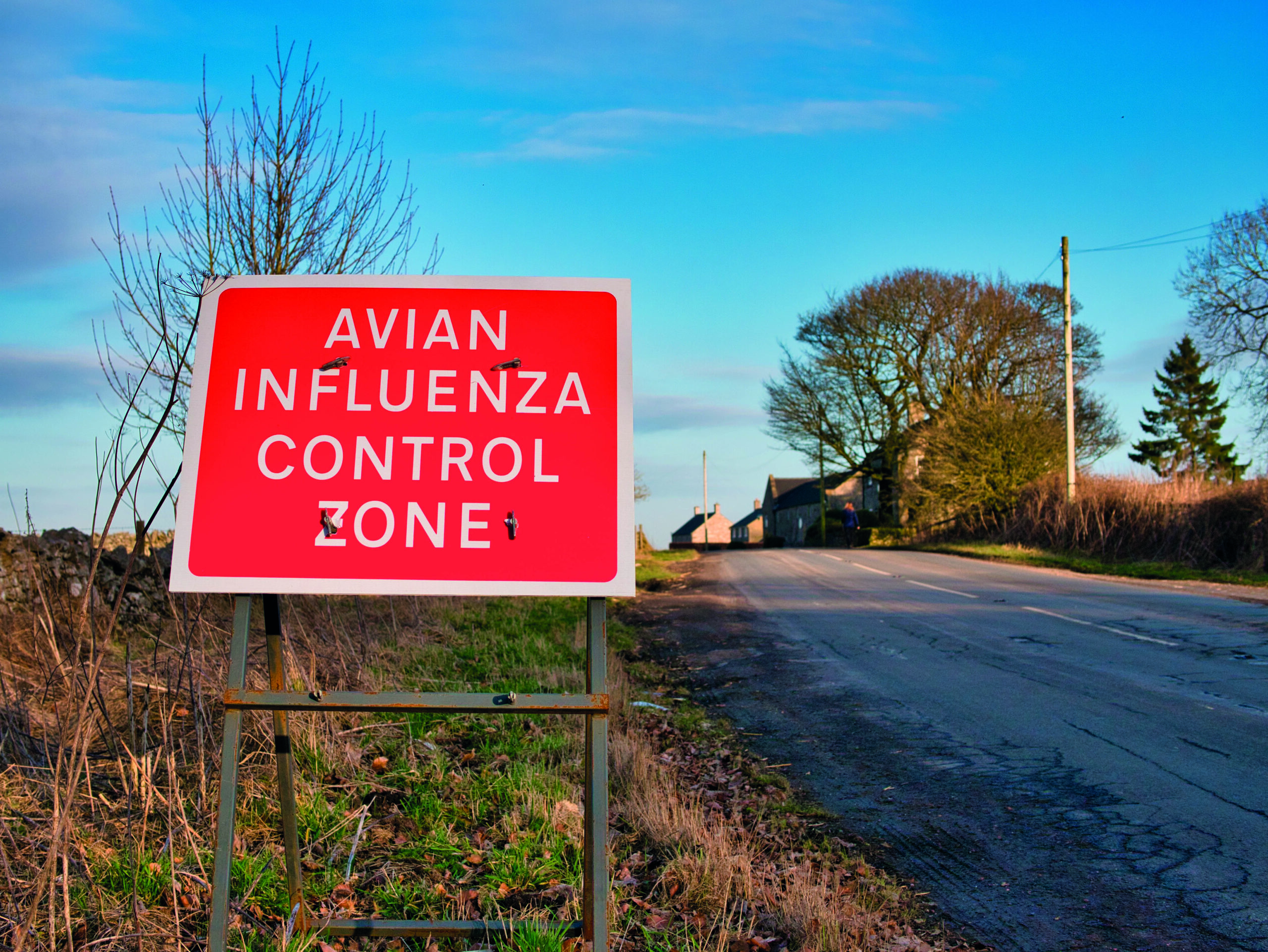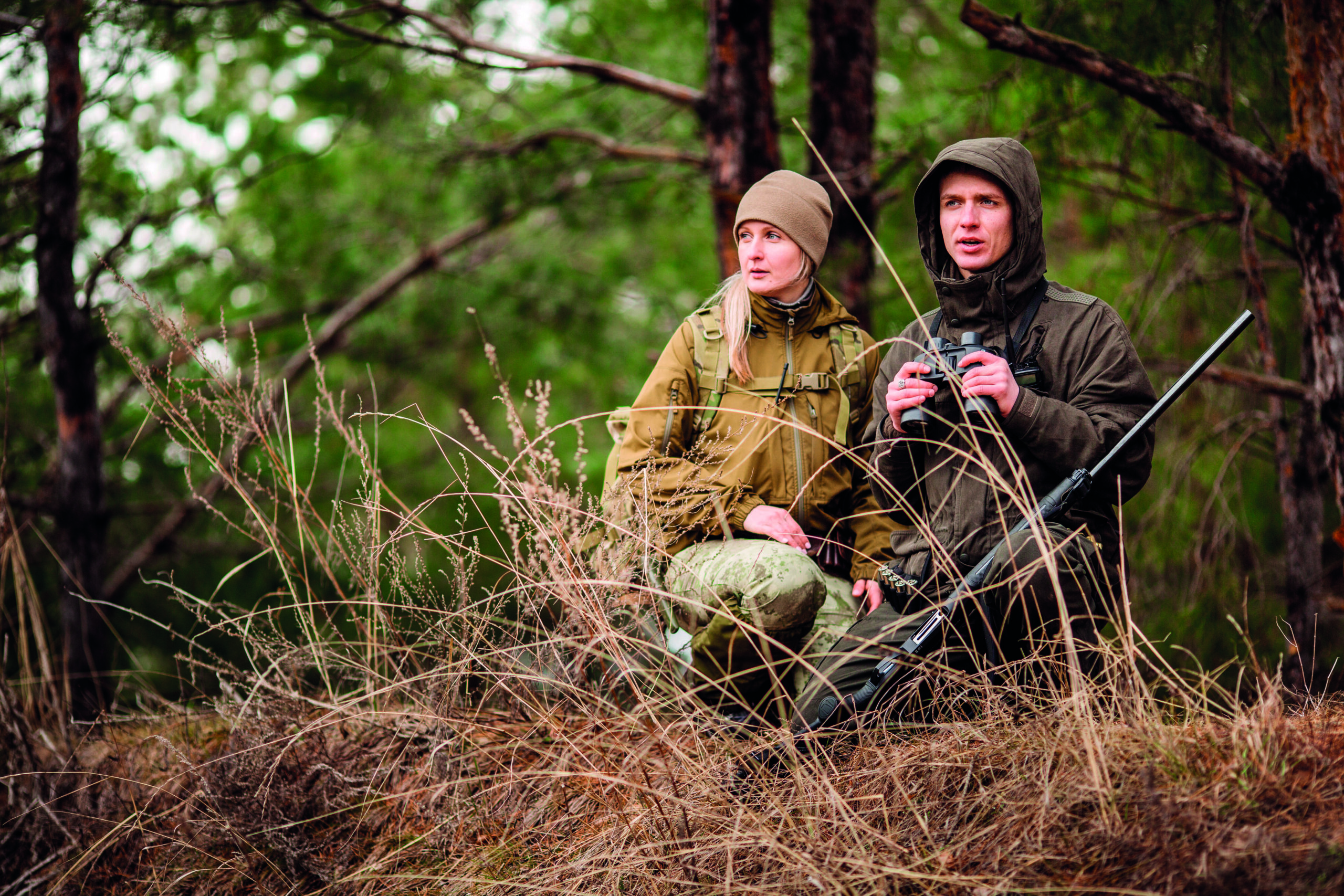Wild birds and wet weather

I was in north Northumberland at the very end of June to give fox snaring training, among other things. Whether it is grouse on the hills, or partridges on the lowground, wild game production is as big a story there as anywhere in the country. It may be a little cooler than I am used to in the soft South, but the climate is quite dry by British standards, and good for wild birds. The question of how partridges were faring in the South was inevitable.
We are notorious for discussing the weather, but this summer really is the hot topic of conversation, and there has been some gloom about the monsoon conditions that almost all of us have suffered. I really cannot yet say anything definitive about how the game has coped.
By the time you read these words, a few grouse counts will have taken place, but on the lower ground, harvest will barely have begun. However, there are some things that I do know. One is that wild game production will always be weather dependent to a degree. More importantly, variation in weather alone is not the biggest driver. Good summers may be a bonus, but wild game success comes from commitment and hard work. So there is not much that we can do to help our wild breeding birds right now except pray. The die is cast for the 2012 breeding season, and we will largely get what we are given. The only thing we can do now is to keep up with the predation control, and even that is pretty low impact by July ? the main period of vulnerability is during egglaying and incubation. It is really only late clutches that we can hope to help now, and they rarely add much to the stock come the season.
However, for the future there is quite a lot that can be done to support wild breeding pheasants and partridges, even in a cool and wet summer.
Feeding your breeding stock
Have you ever found yourself late for morning flight and abandoned the usual cup of tea and piece of toast for the sake of gaining a few minutes? If you have done so on a miserable wet morning, you will know just how cold you can feel for the lack of that little bit of extra blood sugar. Similarly, hungry pheasants and partridges are not going to do as well as those that are adequately fed, but cold wet weather exacerbates this.
The Game & Wildlife Conservation Trust (GWCT) research team has shown that when pheasants and partridges are provided with wheatfilled hoppers in their chosen nesting areas, they fledge much larger broods of young. Also, if they lose a first clutch or even a brood soon after hatching, they are much more likely to have another go. On the other hand, hens that are on the verge of starvation when their brood hatches make poor mothers; their urge to find bulk calories to build up their own reserves overrides the instinct to take their broods in search of the insects that are vital to them.
Chicks cannot eat wheat ? their guts are not yet adapted to the big, hard grains. This is illustrated by an email I received recently from Shooting Times contributor David Tomlinson. He feeds his free-range bantams with a hopper of corn, and attracts all sorts of other things, too. The other day a hen pheasant turned up with a brood of small chicks. She fed, but they did not, and I speculate that she was in rather poor condition. If she had been fit she would probably have stayed under cover where her brood would be safer.
Dry nesting sites
One of the reasons the GWCT promotes the creation of beetle banks across larger fields is that open sites such as this are preferred by nesting grey partridges. The dry bank provides a safe, dry overwintering site for predatory insects, allowing them to colonise more quickly across the fields in spring and summer, gobbling up the aphids as they go, and reducing the need for insecticide application. This, in turn, means more chick food for pheasants and partridges ? and lots of other farmland birds, too.
A nest on the bank is far safer than one on the flat when it comes to flooding risk during heavy rain. By the same token, whenever you plan to plant a new hedge on the shoot, it pays to plough up a bank to plant it on, rather than just plant on the flat. This combined hedge and bank also offers better wind shelter in cold weather.
Insects and brood habitat
As I mentioned earlier, young game chicks need insects, and lots of them. Bees are no use, what they need is a plentiful supply of soft, easily digested larvae. They need to move so that the chicks spot them, but not be so quick that they cannot be caught. You also need to arrange to supply them close to the nest site, so that the hen does not need to take her chicks on a long hunt, during which some will inevitably die.
Good broodrearing habitat is usually a simulation of the cereal growing of the agricultural revolution ? a none too dense canopy of swelling corn ears over a modicum of weeds. This gives security and cover to the brood, and the perfect
habitat and food source for the creepy crawlies that chicks need. The unfertilised and unharvested cereal headland options
of stewardship schemes come about as
close as we can get.
Running a strip of this alongside every nesting hedge and beetle bank will be a big contribution to getting good chick survival. The other big point is that excellent brood habitat is particularly important in cool, wet years. Chicks usually hide under the hen when it rains, but as soon as it stops they can be out foraging. When this happens, they need to find lots of grub quickly, to make the best of the brief intervals of good weather. In a warm, dry summer there is plenty of time to hunt for food, but in one like this year?s, every second of dry time really counts.
Predation control
Wild lowland gamebirds, grey partridges in particular, are programmed to nest at the best time for their survival. Peak hatch for greys at around midsummer is timed to coincide with the best time for insect availability. It also coincides with the longest days, with maximum daylight foraging hours. This means peak growth rates, and therefore rapidly reducing vulnerability to cold and wet. So, making sure that you have good early control of the egg predators such as crows, magpies, stoats and rats is also at least a partial insurance against bad weather.
In my early days at GWCT, Dr Dick Potts, then head of conservation, had a theory of a three-legged stool supporting wild game. To do well, you need the right habitat, including safe, dry nesting sites, plenty of food, including insects for chicks, and reasonable freedom from predation. What is more, if any one of these things is not provided, you get collapse ? just like the stool when one leg breaks under you. Given a good year, you should reap a real harvest if the stool is fully in place, and even in a bad year you should at least hold your own, and not collapse.








